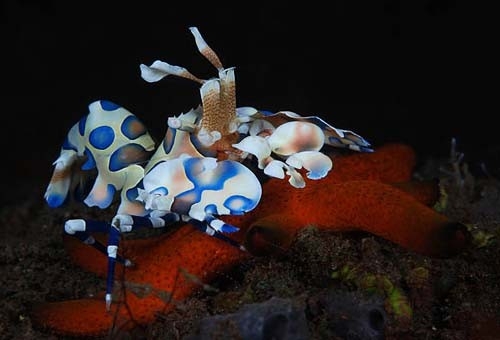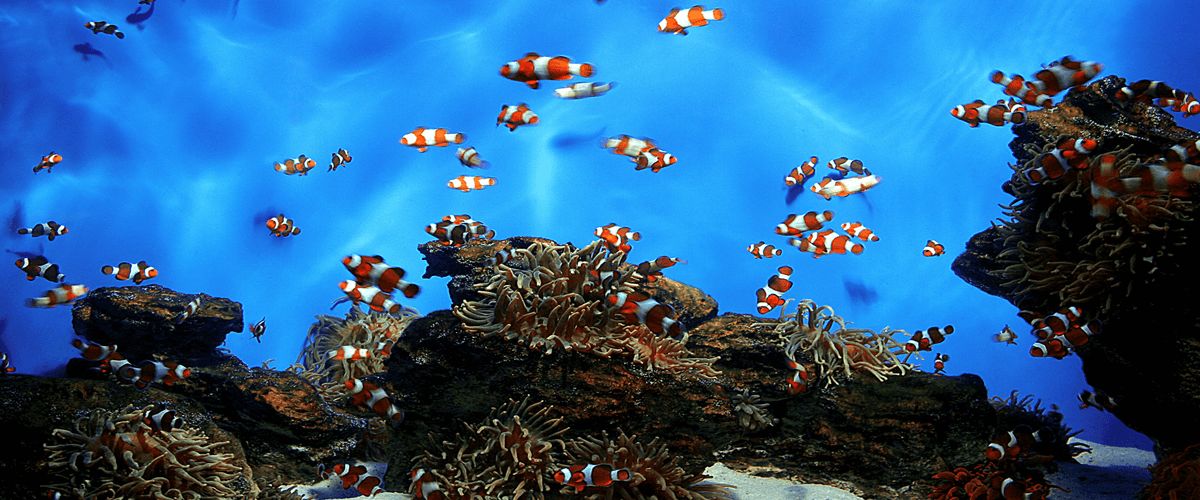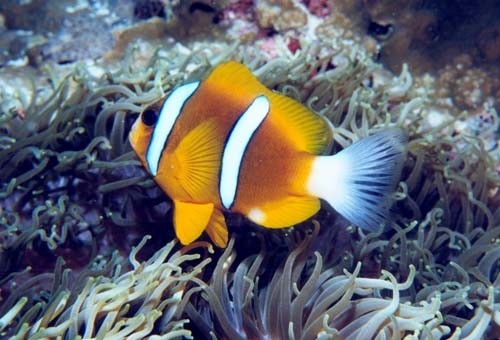Keeping a Harlequin Shrimp

The Harlequin Shrimp was first scientifically described in 1852. Around the Pacific Ocean, many of these shrimp will have red spots while the Indian Ocean shrimp typically have purple spots and the males are slightly smaller than the females. It differs from its close cousin, the HawaiianH. picta which has purple and red spots. It has large claws (chelipeds) which are for show only; it does not use them for hunting.
The Harlequin Shrimp is best kept as mated pairs in an aquarium with moderate light. The Harlequin Shrimp cannot tolerate copper or high nitrates, and iodine levels must be correct and maintained to ensure proper malting.
They have a truly unique diet as in they will only feed on starfish. There have been a few reported instances where they have been seen preying on sea urchins as well but that is rare. Considering their unique dietary needs, feeding harlequin shrimps can be expensive. The manner in which the starfish are consumed is not pleasant either; the legs are eaten first, with the oral disc left until last – during this grisly process the sea star is kept alive as long as possible.
These little shrimps do not demand considerable tank space. You can keep them in a tank as small as 10 gallons. However, their diet will produce a large amount of waste as the remains of the dead star fish starts to rot away. In a small tank this will very quickly change your waters parameters.


